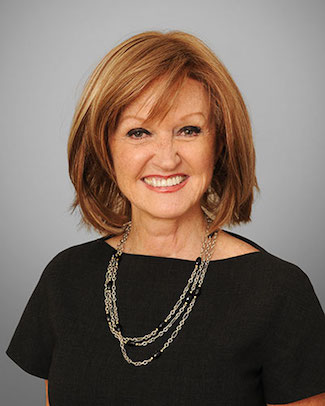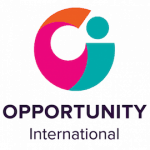Opportunity International’s Evolving Microfinance Strategy: A Podcast Q&A with CEO Vicki Escarra
Opportunity International, a pioneer in the microfinance space, operates 39 microfinance institutions (MFIs) in Africa, Eastern Europe, Central and East Asia and Latin America. With a loan portfolio of $1 billion, it serves 14.3 million entrepreneurs in 24 countries around the world. But recently, the organization has been undergoing a strategic shift. In November, it announced the sale of six of its MFIs in sub-Saharan Africa to the MyBucks Group, a for-profit, Luxembourg-based financial technology company. And last month, it announced the sale of its majority stake in another MFI in the Democratic Republic of Congo to the nonprofit VisionFund International.
We spoke with Opportunity’s CEO, Vicki Escarra, about these moves, the rationale behind them and the opportunities (and risks) involved in selling MFIs to nonprofit and for-profit buyers. In this wide-ranging interview, NextBillion’s second podcast, Escarra discusses how the organization’s focus on microfinance is evolving, describes how it assesses potential investors – and shares tips for women starting their careers in industries that may not be supportive of females in leadership positions. The interview is available on the NextBillion page on SoundCloud, where you can follow us to learn about future podcasts. You can listen to the conversation in its entirety at the top of this post – or hear specific answers by skipping to the time codes listed after each question below:
- Why did Opportunity sell its majority stake in the MFI in Kinshasa, Democratic Republic of Congo, to VisionFund, and how is the sale part of your broader strategy to serve the rural poor? (Answer at 1:21)

Opportunity International CEO Vick Escarra
- In light of the VisionFund sale, and the sale of six MFIs serving sub-Saharan Africa to the MyBucks Groups, is Opportunity planning to sell its stakes in all or most of its microfinance institutions? (Answer at 4:23)
- Is Opportunity selling MFIs that are underperforming, in hopes that the buyers will be able to turn them around? (Answer at 6:35)
- About the sale last fall of six Opportunity International-run banks to the MyBucks Group: Why did Opportunity decide to make this sale, which banks were sold, and why did you choose a fintech company like the Luxembourg-based MyBucks as a partner, rather than a more traditional, perhaps locally based bank? (Answer at 8:56)
- Are there any risks to clients when a nonprofit like Opportunity sells a bank to a for-profit company like MyBucks? If so, how do you work to minimize or avoid those risks? Do you generally prefer to sell banks to other nonprofits? (Answer at 11:42)
- Could you speak a bit about MicroEnsure, which recently won the 2015 Transformational Business Award from The Financial Times and The World Bank’s International Finance Corporation? What is the secret to its success? (Answer at 15:28)
- You mentioned the role of investors in MicroEnsure: Do you see any downsides or risks to bringing investors into microfinance-related initiatives? (Answer at 17:54)
- So Opportunity International doesn’t accept just any investor – you have a vetting process that ensures that investors share your values and approach? (Answer at 19:08)
- Which emerging technologies have the most potential in improving the lives of the poor, and how are you integrating these technologies into your operations? (Answer at 21:55)
- It sounds like a lot of Opportunity’s energy and excitement is shifting from microfinance to other sectors like education. Is that a fair assessment, and how much of your focus will still be on microfinance in five-10 years? (Answer at 25:40)
- As financial inclusion has grown, many analysts have started talking about the importance of usage, not just access. Is this something you are focused on, and if so, how does Opportunity work to make sure your providers’ products are used by poor customers in ways that improve their lives? (Answer at 28:28)
- As a woman who’s worked her way up in industries which, at that time, may not have taken kindly to females in leadership positions, do you have any advice for young women starting their careers today – including women in emerging economies who are starting their own small businesses? (Answer at 32:03)
Photo credit: INDIVIDUELL MÄNNISKOHJÄLP, via Flickr. Note: This photo does not depict Opportunity International work.
James Militzer is the editor of NextBillion Financial Innovation.
- Categories
- Technology
- Tags
- microfinance, philanthropy



